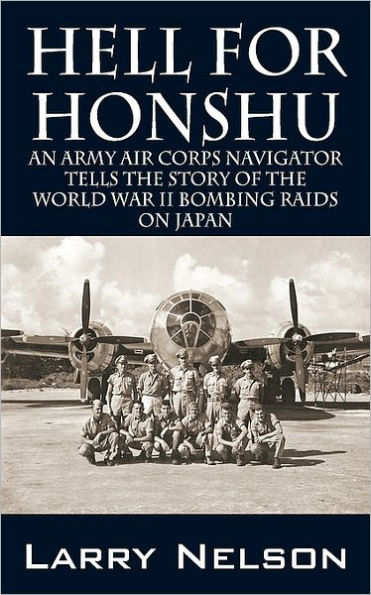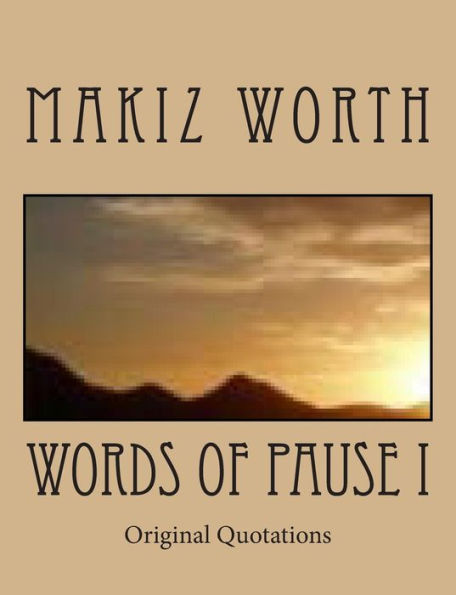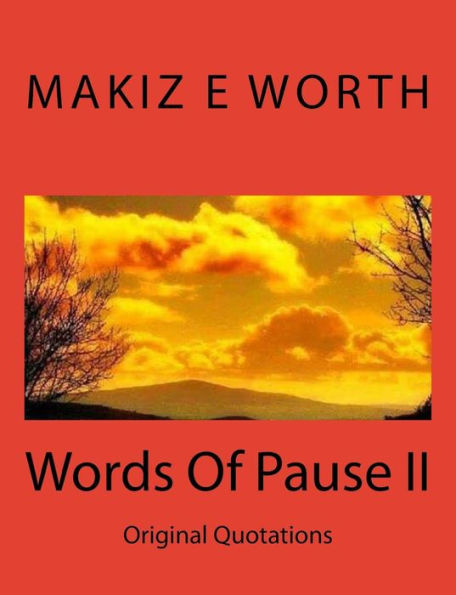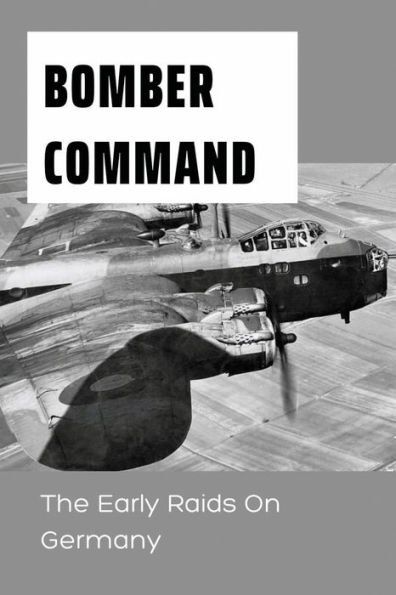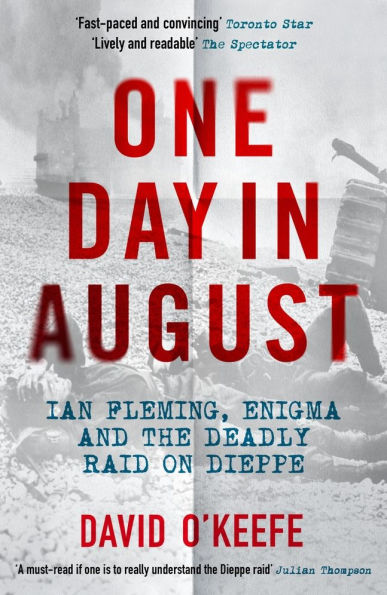Home
Schweinfurt Raids and the Pause in Daylight Strategic Bombing
Barnes and Noble
Schweinfurt Raids and the Pause in Daylight Strategic Bombing
Current price: $14.95
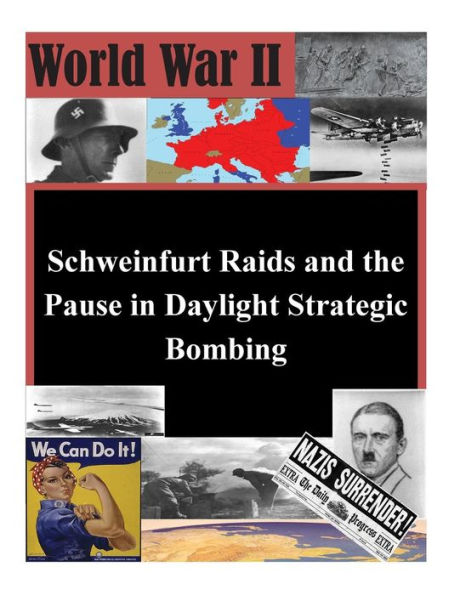

Barnes and Noble
Schweinfurt Raids and the Pause in Daylight Strategic Bombing
Current price: $14.95
Size: OS
Loading Inventory...
*Product information may vary - to confirm product availability, pricing, shipping and return information please contact Barnes and Noble
Avid readers of WWII air combat will find the Eighth AAF's strategic bombing mission #84 (the Schweinfurt-Regensburg raid on August 17th, 1943) and mission #115 (the Schweinfurt raid on October 14th, 1943) to be tremendous setbacks to the daylight strategic bombing campaign of Germany. As a result of the heavy losses the Luftwaffe inflicted upon Eighth Bomber Command's heavy bombers, the daylight strategic bombing campaign was halted for over four months. The Eighth AAF could not sustain such heavy losses, in both aircraft and aircrew, and remain an effective force. During the halt in the daylight strategic bombing campaign, only targets within fighter escort range were selected so Eighth Bomber Command could receive replacement crews, upgraded aircraft, revise its strategic bombing tactics, and review its daylight strategic bombing doctrine.This book examines the daylight strategic bombing doctrine before and after the Schweinfurt raids to answer the question "After the costly Schweinfurt raids, the Eighth AAF paused to reset its doctrine; how was this doctrinal change accepted and what were the implications?" Initially, the heavy losses incurred during the August Schweinfurt-Regensburg raid were explained away as justified due to the "heavy" damage to both targets, the number of German fighters "shot down," and the weather which prevented 300 heavy bombers from being sent as one force - the number required for self-sustainment on deep penetration missions. This was the same mood immediately after the October Schweinfurt raid but changed drastically once monthly loss statistics were released and further examination forced the USAAF leadership into a rude awakening: unescorted bombers took seven times the loss plus two-and-a-half times the damage and the final assessment revealed Eighth Bomber Command experienced the loss of one-third of its heavy bombers each month. The upper levels of the USAAF leadership initially had difficulty accepting what the lower level leaders and aircrew knew: unescorted daylight strategic bombing was not practical in the face of determined opposition.

